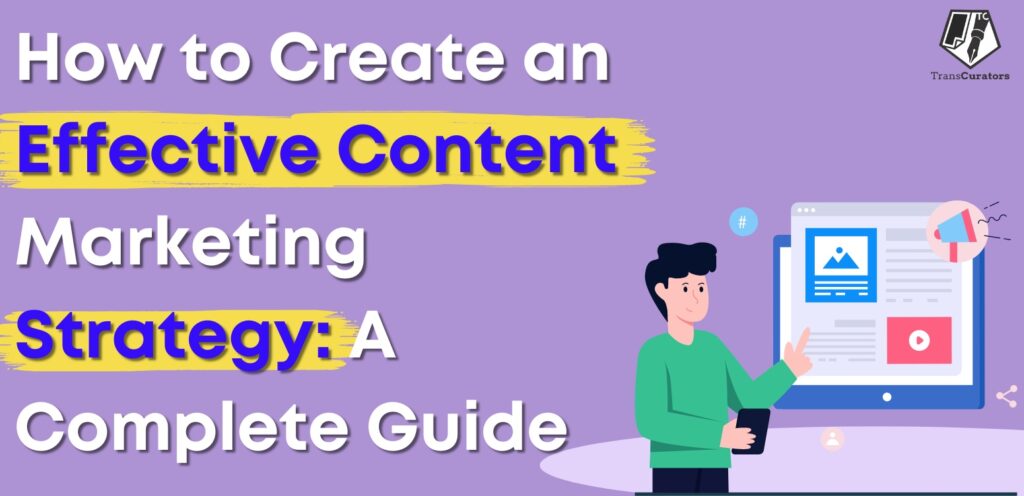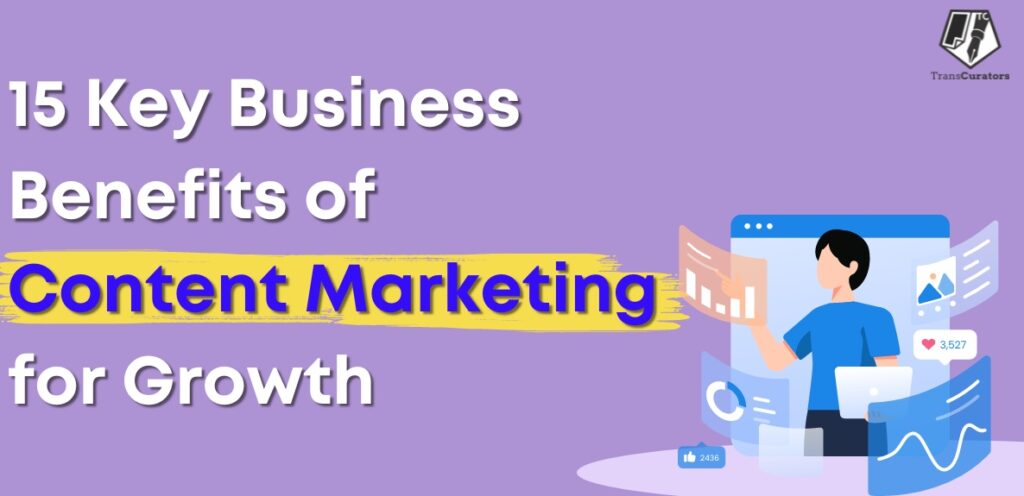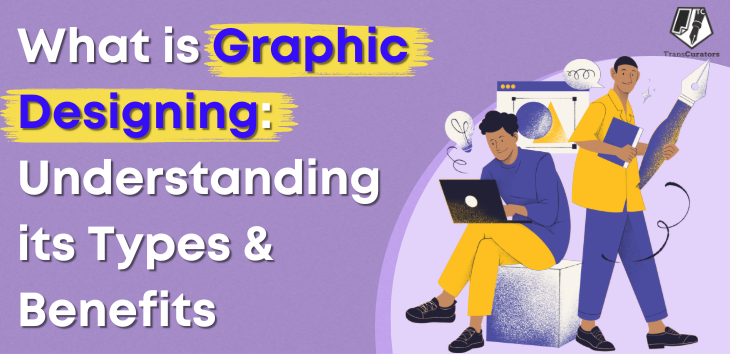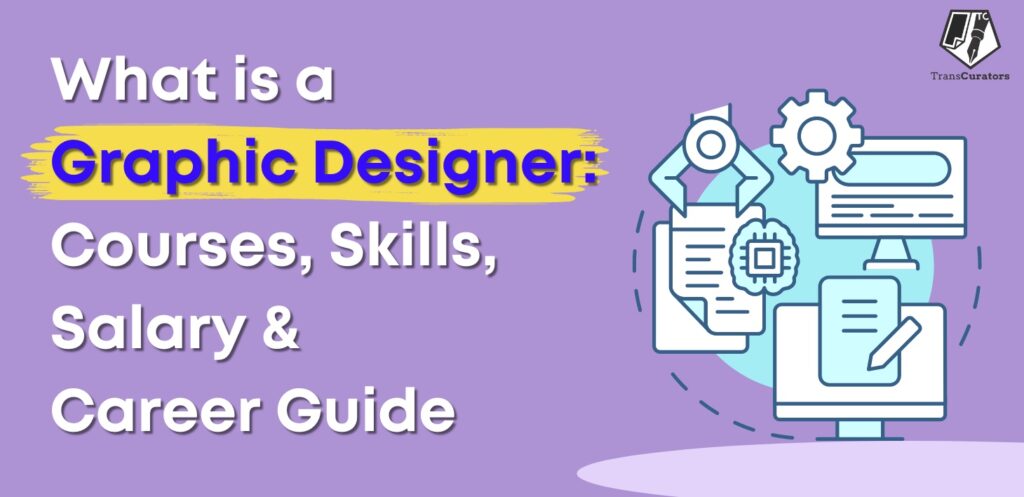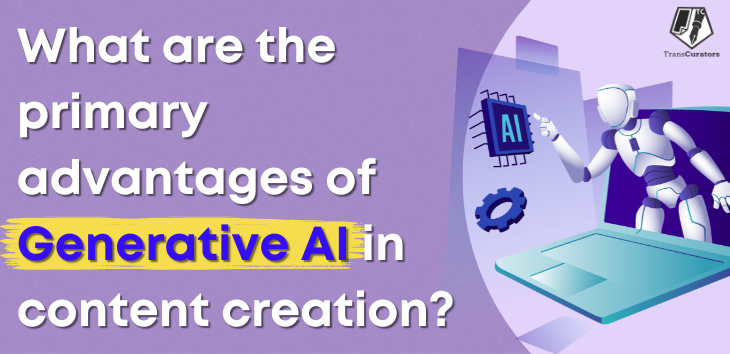How to Create an Effective Content Marketing Strategy: A Complete Guide
In today’s digital world, content marketing is an effective strategy for engaging customers and driving business success. However, developing a powerful content marketing plan requires more than simply posting blog posts and social media updates. Whether you’re an experienced marketer or a newcomer, developing a strategy that resonates with your target audience is essential for increasing engagement and growth. It requires a deep understanding of your target audience, defined goals, and a coherent plan that ties everything together. In this guide, we will explore actionable steps on how to create a content marketing strategy that not only captures attention but also converts interest into tangible results, Setting your brand distinct in a crowded market. Read on to discover the secrets of successful content marketing and start enhancing your strategy right away! Why an Effective Content Marketing Strategy is Needed? A successful content marketing plan is a necessity in the digital age. Businesses need to engage their target audience in a meaningful way, and content marketing offers a means to do so. Companies that create and share valuable content can build trust, engage their audience, and produce profitable customer actions. First and foremost, an effective content marketing plan allows you to connect with your audience. When you understand your clients’ wants and interests, you can develop content that appeals to them. This connection fosters loyalty and encourages repeat business. People are more likely to engage with brands that provide helpful information. More importantly, content marketing improves your web presence. Search engines, such as Google, prioritise websites that continually provide quality content. By using SEO (Search Engine Optimisation) strategies, your content can come up higher in search results, making it easier for potential customers to find you. This visibility is critical in attracting new visitors to your website. Content marketing also establishes your business as an industry leader. When you publish informative articles, how-to instructions, and expert comments, you exhibit your knowledge and experience. This credibility promotes trust among your target audience, making them more likely to choose your products or services over competitors. Furthermore, an efficient content marketing approach helps your sales funnel. Content can help potential customers navigate each stage of their buying journey. Blog posts and social media updates can boost brand recognition, while extensive product descriptions and case studies can assist potential customers in making informed purchasing decisions. You can improve conversion rates by addressing queries and issues in your content. Engaging content stimulates social sharing, which increases your reach. When individuals find your information useful, they are more willing to share it with their networks. This organic promotion might help your company approach new customers without spending additional advertising expenses. Social shares also signal to search engines that your content is valuable, which boosts your search ranks. Ultimately, content marketing can offer long-term benefits. Unlike traditional advertising, which ceases to generate results once paid for, content can continue to draw and engage individuals for years to come. A well-written blog post or educational video can continue to drive traffic and generate leads long after it was originally published. Create An Effective Content Marketing Strategy: Step-by-Step Guide Step 1: Define Your Goals Begin by determining what you want to achieve with content marketing. Establish specific, measurable goals. Goals can involve increasing website traffic, generating leads, increasing revenue, or raising brand recognition. Make sure your goals comply with your overall business objectives. For example, if your company aims to increase sales by 20% over the next year, your content marketing goal might be to create a certain number of leads each month. Step 2: Understand Your Audience Understanding your audience is vital for creating content that resonates with them. Create comprehensive buyer personas that represent your ideal customers. Include demographic details like age, gender, location, and employment. Also, consider their hobbies, pain points, and buying behaviours. Gather insights via conducting surveys and interviews, as well as analysing customer data. Understanding your audience allows you to tailor your content to their needs and preferences. Step 3: Conduct a Content Audit Review your existing content to figure out what has worked and what hasn’t. Identify the gaps in your content library. Consider indicators like page visits, engagement, and conversion rates. This audit will help you discover the types of content your audience enjoys while highlighting areas for improvement. Step 4: Choose Your Content Types Decide which types of content you will generate. Some common kinds include blog posts, videos, infographics, ebooks, whitepapers, podcasts, and social media posts. Choose forms that are both relevant to your aims and appealing to your target audience. For example, if you want to educate your audience, comprehensive blog posts or how-to videos might be useful. Consider creating short movies or infographics for social media users. Step 5: Develop a Content Plan Create a content calendar to help you organise your content generation and delivery. Outline the themes you will cover, the types of content you will create, and the channels that you will use to distribute it. A content calendar allows you to stay organised and maintain a consistent publication schedule. It also helps you to schedule content around important dates and events relevant to your industry or your audience. Step 6: Create High-Quality Content Focus on creating high-quality, meaningful content. Your content should meet your audience’s demands and answer their problems. Use clear, captivating language, and incorporate images when needed. Ensure that your content is well-researched and provides fresh insights or opinions. Quality content fosters trust among your target audience and encourages them to interact with your brand. Step 7: Optimise for SEO Implement SEO-recommended practices to improve your content’s visibility in search engines. Conduct keyword research to determine what keywords your target audience is searching for. Use these keywords throughout your content, including titles, headers, and meta descriptions. Optimise photos using alt text and guarantee that your website loads quickly and is mobile-friendly. SEO contributes to organic traffic to your content. Step 8: Promote Your Content Promotion is vital for ensuring that your
